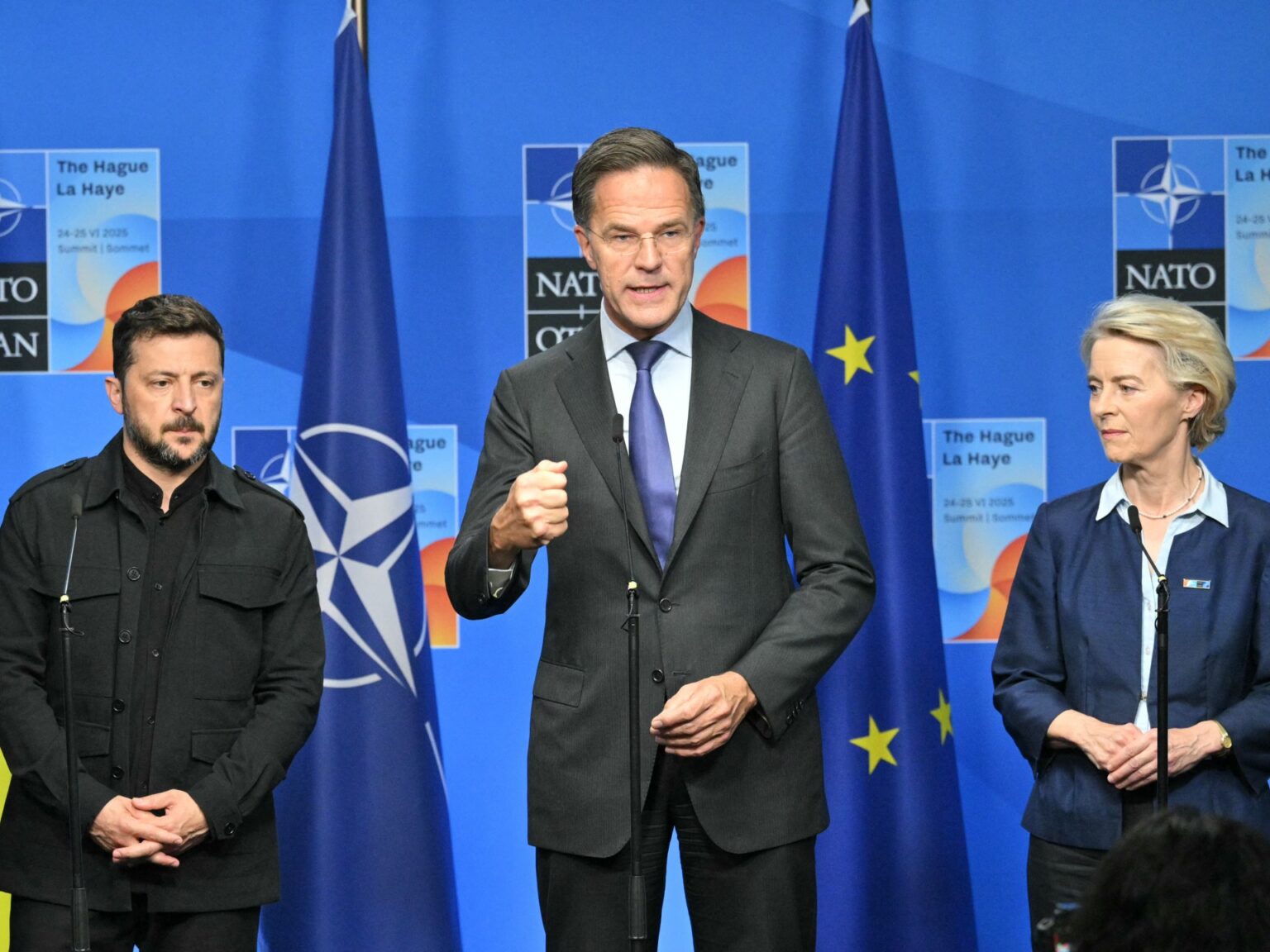The US has been pressuring its allies to adopt new targets for defence spending in response to the Russian threat.
A who’s who of world leaders has been converging on the Netherlands for the annual North Atlantic Treaty Organization (NATO) summit, where members are expected to sign off on major boosts to defence spending in response to pressure from the United States.
The two-day NATO meeting kicks off in The Hague on Tuesday against a backdrop of increasing global instability, with ongoing conflicts in Ukraine, Gaza and the Middle East. High on the agenda is an agreement to significantly increase defence expenditure across the 32 member states. This follows pointed criticism from the administration of US President Donald Trump, who says the US carries too much of the military burden.
Trump has demanded that NATO allies increase their defence spending to 5 percent of their gross domestic product (GDP), up from the current target of 2 percent. He has questioned whether the alliance should defend countries that fail to meet the spending targets, and has even threatened to leave the bloc.
Speaking to reporters in The Hague ahead of the summit on Tuesday, European Commission President Ursula von der Leyen said that NATO members were set to approve “historic new spending targets” at the summit.
“The security architecture that we relied on for decades can no longer be taken for granted,” she said, describing it as a “once-in-a-generation tectonic shift”.
“In recent months, Europe has taken action, action that seemed unthinkable just a year ago,” she said. “The Europe of defence has finally awakened.”
Speaking ahead of the summit, NATO Secretary General Mark Rutte stressed that there was “total commitment” from the US to the alliance, but he noted that it came with the expectation of a boost in defence spending.
US pressure
Earlier this month, US Secretary of Defense Pete Hegseth delivered an ultimatum to NATO defence ministers at a meeting in Brussels, saying that the commitment to 5 percent spending “has to happen by the summit at The Hague”.
In response to the pressure, Rutte will ask member states at the summit to approve new targets of 5 percent of GDP for their defence budgets by 2032, with 3.5 percent to be spent on core defence spending and the remainder allocated to “soft spending” on infrastructure and cybersecurity.
In 2023, in response to Russia’s war on Ukraine, NATO leaders agreed to raise defence spending targets from 1.5 percent to 2 percent of GDP. However, only 22 of the alliance’s 32 members met the revised targets.
While some countries like Spain have pushed back against the latest proposed hike as unrealistic, other members have already announced plans to significantly ramp up military spending in response to a changed security environment.
Delivering a major foreign policy address in Berlin on Tuesday, German Chancellor Friedrich Merz said that Germany would ramp up its spending to become “Europe’s strongest conventional army” — not as a “favour” to Washington, but in response to the threat from Russia.
“We must fear that Russia wants to continue its war beyond Ukraine,” he said.
“We must together be so strong that no one dares to attack us.”
Kremlin: NATO ‘created for confrontation’
The summit will be attended by the leaders of all 32 members of the transatlantic alliance, along with the leaders of allied countries, including Japan, New Zealand and Ukraine.
While Kyiv is not a member of the alliance, its desire to join NATO was cited by the Kremlin as one of the reasons it attacked Ukraine in 2022.
On Tuesday, Kremlin spokesperson Dmitry Peskov said Moscow had no plans to attack NATO, but that it was “a wasted effort” to assure the alliance of this because it was determined to demonise Russia as a “fiend of hell”.
“It is an alliance created for confrontation … It is not an instrument of peace and stability,” Peskov said, the Reuters news agency reported.
https://www.aljazeera.com/news/2025/6/24/nato-allies-set-to-approve-major-defence-spending-hike-at-hague-summit?traffic_source=rss


